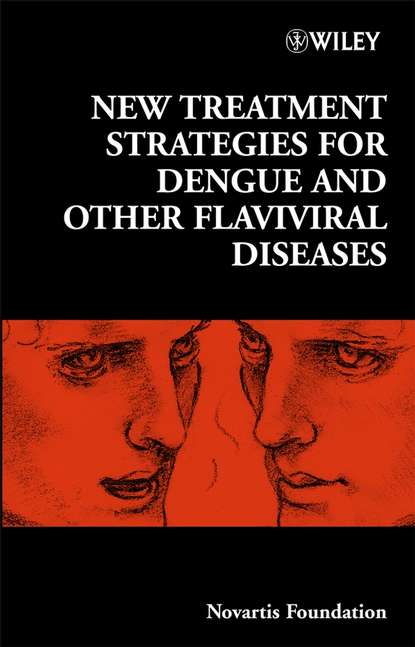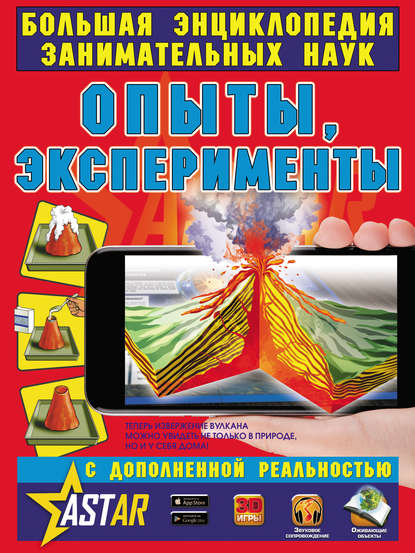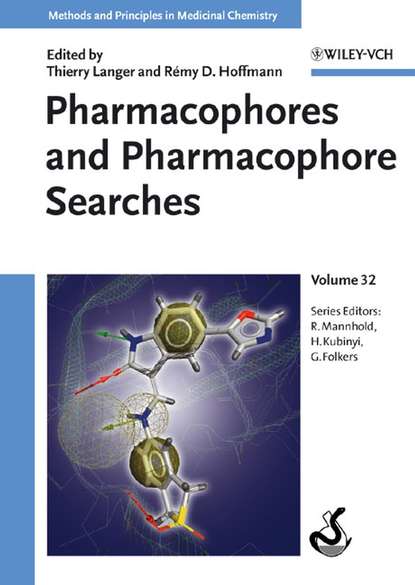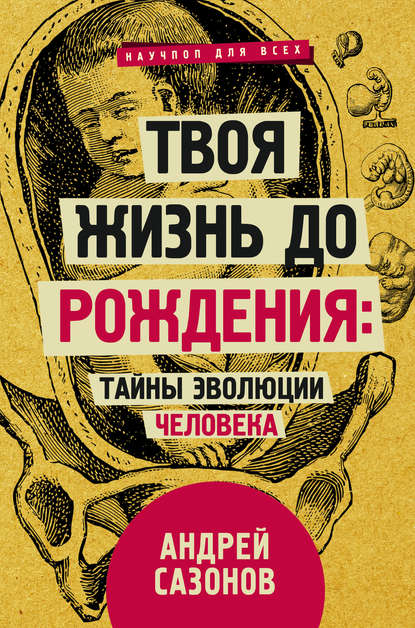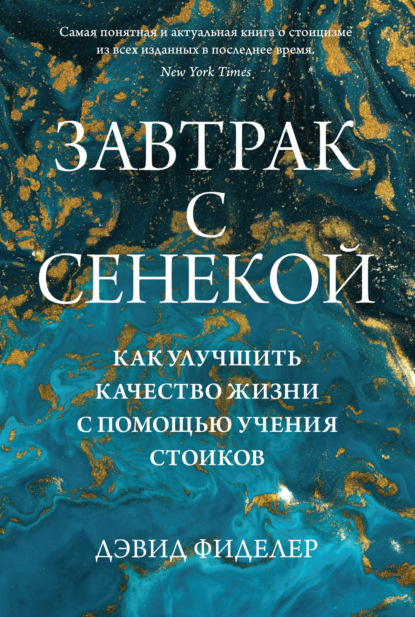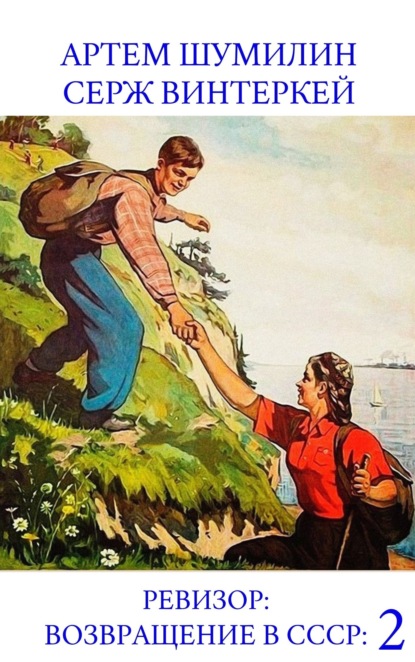Вирус денге относится к семейству Flaviviridae, к которому также принадлежат вирусы, вызывающие такие заболевания как желтая лихорадка, японский энцефалит и гепатит С. Денге передается комарами, в основном Aedes aegypti. Существует четыре серотипа вируса денге, из которых DENV-2 был наиболее распространен во многих недавних эпидемиях. После первичного инфицирования развивается пожизненный иммунитет, предотвращающий повторное заражение тем же серотипом. Однако ненейтрализующие антитела от предыдущей инфекции или антитела, полученные от матери, как считается, образуют комплексы с другим серотипом при последующем заражении и вызывают геморрагическую лихорадку денге/синдром денге шока, которые могут привести к смерти. Сегодня не существует лечения или вакцины, способных бороться с этим возникающим и неконтролируемым заболеванием.
В этой книге представлены работы ведущих мировых исследователей денге и других флавивирусов, которые рассматривают современное состояние молекулярной биологии вируса денге. Особое внимание уделяется структуре и функции вируса, а также воздействию потенциальных противовирусных агентов на белки вируса. Подробно обсуждаются патогенез денге и геморрагической лихорадки денге, особенно клетки-мишени и специфические рецепторы на этих клетках, формируя четкое представление о факторах хозяина и вируса, которые способствуют развитию геморрагической лихорадки денге.
В заключение, в книге рассматриваются терапевтические подходы, уделяя особое внимание тому, как вектор, хозяин и окружающая среда могут играть решающую роль в распространении этого заболевания. Поскольку денге и другие новые вирусные заболевания становятся все более распространенными во всем мире, эта книга дает ценное представление о вирусе, вызывающем это заболевание, и потенциальных способах борьбы с ним. Она представляет важное чтение для всех, кто работает в области тропических болезней, общественного здравоохранения и вирусологии.
New Treatment Strategies For Dengue And Other Flaviral Diseases is a comprehensive report merging the perspectives of international experts. Organized themes chart the current understanding of facts and unsolved issues in the field of dengué and flavi viruses infections. Chapters delve into specific issues, such as treatment options and prevention strategies. Emphasis is placed on biological structures, virulence factors, pathways to remove the infections, and unique aspects of therapeutics.
Электронная Книга «New Treatment Strategies for Dengue and Other Flaviviral Diseases» написана автором Gregory Bock R. в году.
Минимальный возраст читателя: 0
Язык: Английский
ISBN: 9780470058015
Описание книги от Gregory Bock R.
Dengue virus is a member of the Flaviviridae family, which includes viruses associated with human diseases such as yellow fever, Japanese encephalitis and hepatitis C. Dengue fever is transmitted by mosquitoes, principally Aedes aegypti. There are four serotypes of dengue virus, of which DENV-2 has been the most prevalent in many recent epidemics. Following primary infection, lifelong immunity develops, preventing repeated assault by the same serotype. However, the non-neutralizing antibodies from a previous infection or maternally acquired antibodies are thought to form complexes with a different serotype during a subsequent infection and cause dengue haemorrhagic fever/dengue shock syndrome, which can be fatal. There is no treatment or vaccine available today that can combat this emerging and uncontrolled disease. This book features contributions from the world’s leading researchers working on dengue and related flaviviruses who examine the current state of the art in the molecular biology of the dengue virus. Particular emphasis is placed on the structure and function of the virus and the targeting of virus proteins by potential antiviral agents. The pathogenesis of dengue and dengue haemorrhagic fever are discussed in detail, especially the target cells and the specific receptors on these cells, thereby developing a clear overview of host and viral factors that contribute to dengue haemorrhagic fever. Finally, the book reviews the therapeutic options, paying particular attention to ways in which vector, host and environment can play a critical role in the spread of this disease. With dengue fever and other emerging viral diseases becoming increasingly prevalent around the world, this book provides valuable insight into the virus that causes this disease and potential ways to manage it. It is essential reading for all those working in tropical diseases, public health and virology. Praise from the reviews: «The book provides an excellent summary of dengue/flavivirus research and is important for individuals and institutions interested in emerging infectious diseases.» MICROBIOLOGY TODAY
